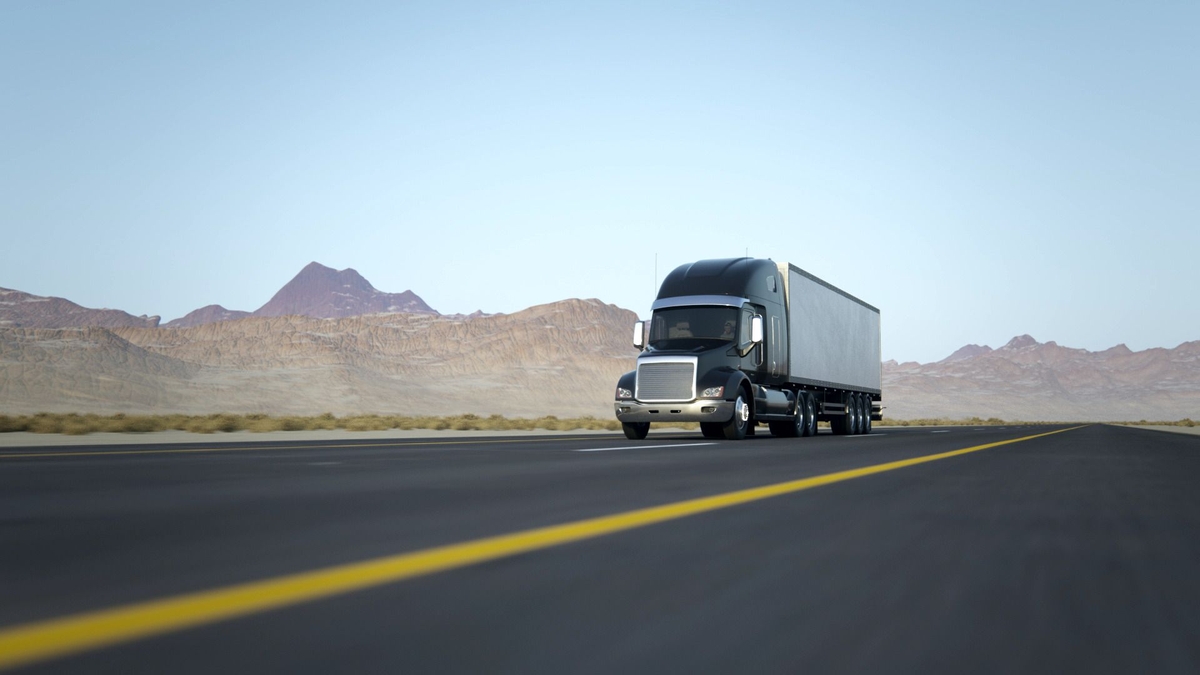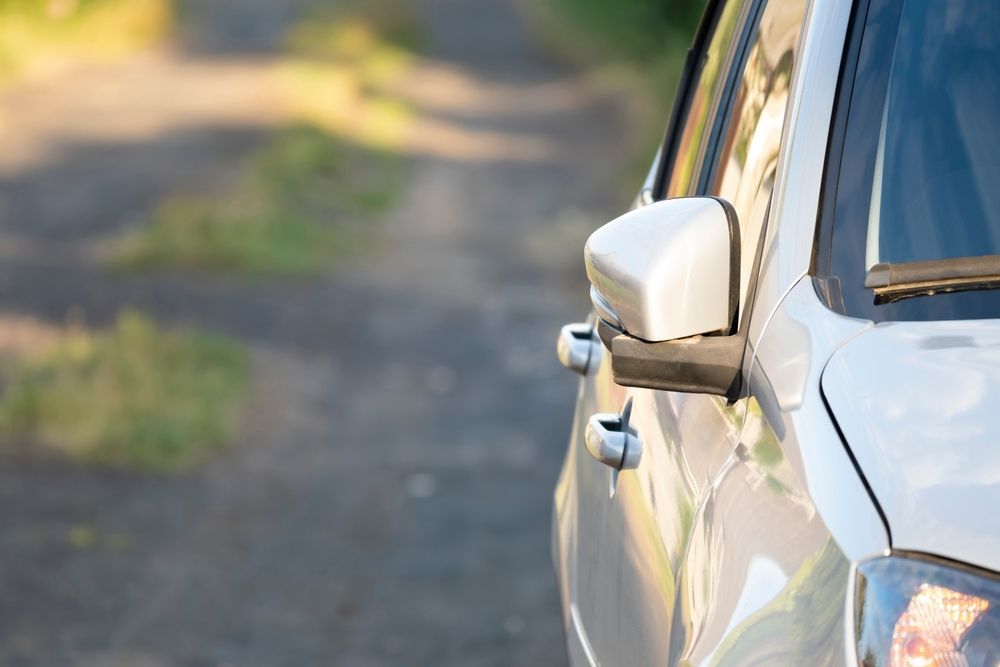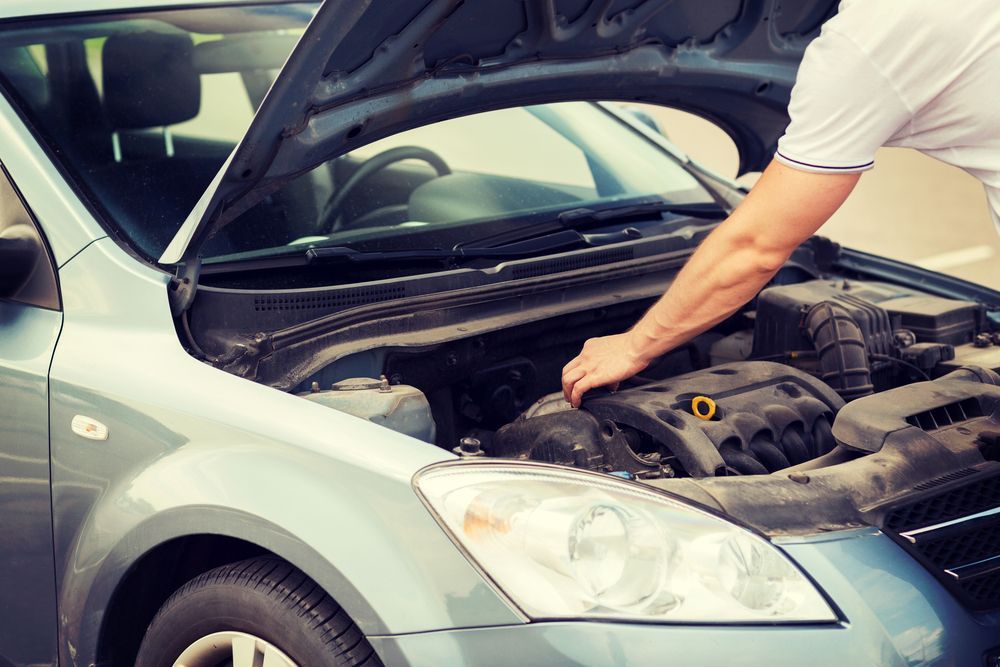
General Shipping Information
Shipping A Non-Running Vehicle
Do you have a vehicle that doesn't run and wish to get it shipped? While your initial thought may think it's an impossible challenge, it's not! With the proper knowledge, shipping company, and preparation, shipping a non-running vehicle can be pretty straightforward.
In this article, we will delve into the intricacies of transporting such vehicles, ensuring you feel prepared and secure knowing it will be in good hands.
What Is Considered a Non-Running Vehicle?
A non-running vehicle , often referred to as a "non-op" or "inoperable" vehicle, is a vehicle that cannot be started, operated, or driven either due to mechanical failure or because it is not safe or legal to drive.
Some of the reasons a vehicle might be considered non-running include:
- Engine Failure: The vehicle's engine doesn't start or run.
- Transmission Issues: The vehicle's transmission is broken or malfunctioning.
- Safety Issues: Even if the engine runs, the vehicle might have brakes that don't work, lights that don't function, or other critical safety components that are inoperable.
- Severe Accident Damage: The vehicle has been damaged in an accident to the point that it is not operable.
- Expired Tags or Lapsed Insurance: While this doesn't physically prevent a vehicle from running, in many jurisdictions, a vehicle that doesn't have current registration or required insurance is considered inoperable from a legal standpoint.
- Recalled Components: Sometimes, vehicles are recalled for issues that make them unsafe to operate until they are repaired.
- Neglect: A vehicle that has been left untouched for a long time may suffer from decayed tires, seized engines, rotted fuel, or other issues that can prevent it from running.
Reasons To Ship A Non-Running Vehicle
Shipping a vehicle that isn't in operational condition may initially appear counterintuitive. However, there are a multitude of reasons why individuals and businesses alike might need to do so.
Let's delve deeper into it:
- Restorations
Antique and classic cars are a slice of history, representing eras gone by. Many enthusiasts or collectors buy antique cars from far-off locations since they can find a specific make or model that's not easily available nearby. These vehicles often need considerable restoration before they can hit the road again. Shipping them is the first step to bringing them back to their former glory.
- Value Preservation
By restoring and preserving old cars that don't run, individuals not only hold onto a piece of history but also potentially make a profitable investment. The value of well-restored c lassic cars can appreciate over time, making them a worthwhile venture.
- Project Vehicles
The automotive world is brimming with individuals passionate about rebuilding cars. They might see potential in a non-running vehicle that others don't. For them, shipping such a car is the beginning of a new project, where they can modify and customize it to their heart's content.
- Parts Harvesting
Sometimes, it's not about making the non-runner work again. Some cars, especially rarer models, have parts that are valuable. Car rebuilders might buy a non-running vehicle just to extract those parts for another project or resale.
- Accidents
In the aftermath of an accident, insurance companies might need to move non-running vehicles from the scene to repair shops, junkyards, or auctions. The vehicle might be deemed a total loss, but parts of it can still be salvaged or the car might be sold off in an auction.
- Personal Attachment
Many individuals might have an emotional attachment to their cars, even if they've been rendered non-operational. For these people, shipping the vehicle to a trusted repair shop, even if it's at a distance, is a way to potentially resurrect a cherished possession.
- Selling or Buying
The demand and supply dynamics for certain vehicle models can vary greatly between regions. A non-running vintage car might fetch a much better price in a market where there's demand for it. Sellers, therefore, might choose to ship their vehicles to such markets to get a better deal.
The reasons for shipping a non-running vehicle are as varied as they are numerous. Whether driven by passion, business acumen, or necessity, the act underscores the intrinsic value that vehicles hold, operational or not.
How to Prepare Your Non-Running Vehicle for Shipment
The condition and preparation of your vehicle can have significant implications on the shipping process, potentially impacting both cost and safety. Proper preparation can also make the post-shipping inspections easier and more accurate. Here are the steps you should take to ready your vehicle for the journey ahead:
- Secure Loose Parts
During transportation, especially over long distances, there's a lot of movement, vibration, and potential for jostling. Loose parts on your vehicle can be at risk of falling off, leading to damage to your car, other vehicles being transported, or even the transportation equipment itself.
- Mirrors: Fold them in or, if they're particularly large or protruding, consider removing them.
- Trim and Accessories: Anything that's not secured, be it trims, spoilers, roof racks, or after-market add-ons, should either be tightened or removed.
- Lights and Indicators: Ensure they're securely fixed. If they're already damaged or hanging, tape them up or remove them altogether.
- Tire Inflation
Even though the vehicle isn't running, proper tire inflation is crucial. Inflated tires assist in the rolling of the vehicle on and off the transporter. They also ensure the vehicle sits appropriately during transit, preventing uneven weight distribution.
- Check All Tires: Use a tire pressure gauge to ensure they're inflated to the recommended levels.
- Address Flats: If any tire is entirely flat and can't hold air, inform the shipping company in advance. They might need to make special arrangements.
- Empty the Vehicle
While it might be tempting to use the vehicle as a means of shipping personal items, this isn't advised. Extra weight can affect the shipping cost, and personal items can move around inside, causing damage to the vehicle's interior.
- Remove Personal Items: Clean out the glove box, back seats, trunk, and any storage compartments.
- Electronics: Remove any portable electronic devices, such as GPS systems, phone chargers, or dash cams.
- After-market Additions: Items like seat covers or steering wheel covers should be securely fastened or removed.
- Document the Condition:
Proper documentation of your vehicle's condition before shipping is your primary defense against potential disputes or claims of damage caused during transportation.
- Photograph Thoroughly: Take clear, high-resolution photographs of every part of the vehicle, including the exterior, interior, and even the engine bay. Timestamp these photos.
- Note Existing Damage: Any pre-existing dents, scratches, or damages should be carefully noted. Consider making a short video tour around the vehicle.
- Paperwork: Keep a copy of the vehicle's registration, insurance, and any other relevant documentation handy. While you shouldn't leave these in the vehicle, having them accessible can be beneficial.
Preparing a non-running vehicle for shipping is crucial. With meticulous attention to detail and thorough documentation, you can ensure that the transportation process is smooth and that your vehicle reaches its destination in the same condition as when it left.
Choosing the Best Transportation
When it comes to transporting vehicles, whether operational or not, it's pivotal to delve deep into the credentials of the shipping company.
You should prioritize a company that:
- Boasts the appropriate equipment like winches and trailers tailored for
- classic cars.
- Employs seasoned carriers who are proficient in handling specialized gear.
- Has a substantial history of working with diverse vehicles safely and punctually.
- Boasts a ton of stellar customer testimonials.
- Prioritizes clarity in pricing, ensuring all potential costs related to the peculiarities of your non-operational vehicle are laid out. It's essential to disclose all nuances about your vehicle to the shipping agent to facilitate the best care.
- Provides top-notch customer support around the clock via various channels such as email, phone, or chat.
- Radiates a genuine passion for
- classic cars
- , mirroring your own.
Before zeroing in on a service provider, cast your net wide. Grab quotes from at least 5 to 6 different entities. If a quote feels suspiciously low, trust your instincts. Often, the most affordable option doesn't translate to the most optimal one, especially concerning non-operational cars.
Don't forget to consider us at ShipLux ! For us, vehicle transportation is more than just a service - it's a passion. We offer shipment for inoperable vehicles with transparent quotes, and when you're confident with our expertise, we'll be on standby to handle your vehicle with the respect and care it deserves.
Pricing and Costs of Shipping a Non-Running Vehicle
Shipping a non-running vehicle can cost more than its operational counterpart due to a variety of factors. First, non-running vehicles necessitate specialized transportation equipment. They can't simply be driven onto a carrier, so tools such as winches become essential. Maintaining and occasionally replacing such equipment, along with the need for customized loading ramps especially for heavier or uniquely shaped vehicles, can drive up expenses.
Labor is another significant consideration. Handling non-running vehicles is intricate and demands a skilled workforce. More personnel are usually needed to ensure these vehicles are loaded and unloaded without causing additional damage. Moreover, those responsible for handling these vehicles often undergo specialized training, which represents an investment from the shipping company passed down to the consumer.
The route and distance of the shipment also directly impact the price. Longer journeys mean more fuel consumption, more wear and tear on the transporting vehicle, and more labor hours. Additionally, shipping to or from remote or challenging locations might come with its own set of logistical challenges, potentially requiring more time or even specialized vehicles, further elevating costs.
The choice between enclosed and open transport also plays a role in determining the cost. Enclosed transport, which provides maximum protection from elements like weather and dust, is pricier but might be the preferred or even necessary choice for particularly valuable or delicate vehicles. In contrast, open transport is generally more affordable but exposes the vehicle to potential environmental hazards.
Lastly, it's always prudent to gather multiple quotes before settling on a shipping company. This allows for a comparison of services and a better understanding of the value being offered. It's essential to provide detailed information about the vehicle's condition to get an accurate quote and to inquire about any hidden fees to prevent unforeseen costs later on.
After sorting your shipment, make sure you get the following items organized, too!
- Title and Registration: Have the vehicle’s title and registration at hand. Some shipping companies might request copies.
- Bill of Lading: This is a crucial document that outlines the condition of your vehicle before and after shipping. Ensure you carefully inspect your vehicle upon arrival and note any discrepancies on the bill of lading before signing.
Delivery and Inspection of a Non-Running Vehicle
To ensure your non-running vehicle remains undamaged, a meticulous inspection process is essential when it's delivered. Start by comparing the current state of your vehicle with the photographs you took before shipping. Taking a deliberate walk around the vehicle, and examining it from top to bottom ensures that you catch even the minutest of damages that might otherwise go unnoticed. Open the doors and take a look inside, ensuring the interior remains pristine and untouched.
Should you identify any discrepancies or damages, document them. Immediate documentation safeguards accountability and forms the foundation for any potential insurance claims. After all, when it comes to transporting vehicles, ensuring their condition remains unaltered is a top priority. This dual-phase inspection—external and internal—paired with immediate damage documentation, guarantees that your vehicle's value and integrity are uncompromised.
Conclusion
Shipping a non-running vehicle might seem daunting, but with the right steps and a reliable shipping company, the process can be seamless. It's all about preparation, choosing the right shipment company, and being vigilant during the inspection. Whether you're transporting a treasured classic car or a fixer-upper, knowing the ins and outs ensures your vehicle reaches its destination safely and securely.
Recent post

General Shipping Information
A Step-By-Step Guide On Relocating ...
...

Car Shipping
A Comprehensive Guide on How to Shi...
...


